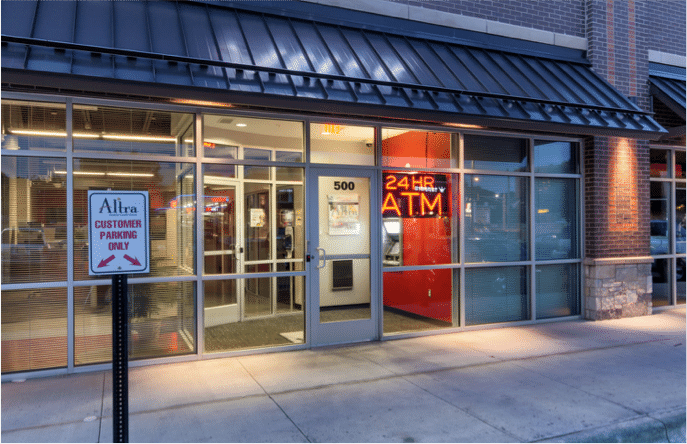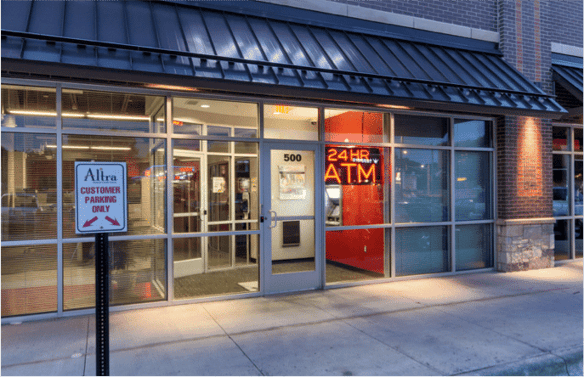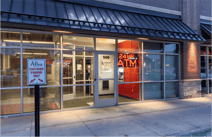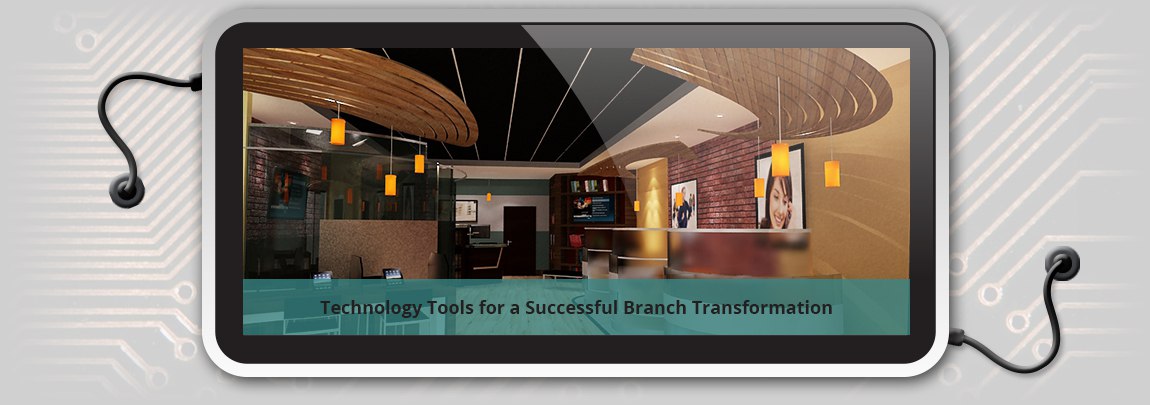Branch Transformation in 2019
When it comes to branch transformation, putting all the pieces together can be a lot like working a jigsaw puzzle. First, you start with a finished...


The presence of self-service and assisted self-service devices (think touchscreen kiosks) throughout the modern consumer marketplace is growing at a rapid pace. We’ve all seen or used these devices when we travel or purchase goods at the grocery store, home improvement store, even when we park our vehicles. Reflecting on the self-service world even further, we can think of two long standing self-service devices that have been a part of our everyday lives for decades: the vending machine (soft drinks or snacks) and the Automated Teller Machine (ATM). Both have established levels of familiarity and comfort, focusing on the convenient and rapid delivery of specific items (or “transactions” in more formal economics parlance).
We have very clear expectations when we purchase a specific soft drink of a particular brand through a specific vending machine. The same typically holds true with our ATM experiences. We have access to a predetermined set of transactional services through a specialized machine (as in: cash withdrawal, funds transfer between accounts, balance inquiry and even depositing checks and cash without an envelope). Like the more basic vending machine, most of the time, our transactions are completed without issue, and we achieve our objective. Plus, the service is available any time of the day or night!
In other QDS articles we discuss the importance of the branch – how they establish the financial institution’s identity in the market and are still considered by many customers as the main center for complex, high-value, important transactions. Further, many in the financial marketplace see their branches more as retail ‘stores’ for the promotion and delivery of their products and services. In today’s economy, many of our client conversations are focused on the introduction or improvement of operations and the undeniable need for automation to support the branch staff.
If you pause to think about it, the vending machine analogy still represents parallels in perspective as far as what both traditional retailers and financial institutions want to accomplish. Both want to increase brand presence and offer core products and services without the associated costs of delivering goods and service through a traditional brick and mortar footprint. Perhaps these food and beverage titans have been onto something for years – place the products where consumers are and empower them to make their selections from start to finish with minimal or no staff involvement required. We admit the analogy is a general one, and we certainly understand that financial institutions may not want or need the self-service market saturation of a soft drink company. However, if your travels have taken you through any of the nation’s major hub or connector airports, you will see vending from all manner of companies from electronics, to food and beverages, to video or audio entertainment. The list even includes kiosks allow you to arrange a nap while you are passing through – and it’s fully automated!
With the thought of automation and self-service in the background, financial institutions have become highly interested in the concept of the “Micro-Branch.” Such facilities routinely incorporate the more advanced kiosk technology found in the in other retail formats. Micro branches span a spectrum measured by the degree of assisted or self-service activity offered. Some micro branches include:
Other locations have moved even further, using video teller-assisted kiosks to meet a wide range of customer demands. These installations support activities including:
With the advancement in specialty transactions and, more importantly, the key advantage of on-demand video based teller assistance, the micro branch offers opportunities for market placement and exposure that were unimaginable even a few years ago. And it’s possible to offer these services 24 hours a day.
These are all encouraging signs in terms of the increase in deployment and success of the micro-branch. This success is directly tied to the advancement of technology to support fully remote, self-service and assisted self-service transactions reliably, securely and accurately. Additionally, they offer the ability to extend the processes and solution almost anywhere you want to be.



Photos courtesy of Level 5
Of course, anything is possible if money is no object, so let’s turn our attention to costs. It’s intuitive that a micro branch should cost less than the average cost of a freestanding, full-service traditional retail branch. However, it’s not a linear reduction in cost. While the micro branch is smaller, it is usually filled with some high end equipment, which could raise the all-in cost per square foot. Keep in mind that there should also be a cost reduction in human resources as well.
Excluding real estate, a new, fully equipped retail branch is a bargain at $1.5 million and that number can increase easily depending on size, quality of materials, design features, and the level of automation. A micro branch easily could be deployed for less than half the traditional branch cost. Again, design decisions, material selections, and the slate of automated equipment can make the cost vary widely.
In terms of the elements that influence the costs for the micro-branch, there are the kiosks themselves. Starting with a two or three unit deployment with a QDS solution (our in lobby MX8800 or island drive up 7800i or combination of the two) as well as the costs for integration, training, installation, would be range around $250,000 - $350,000. Ongoing annual operational costs range around $30,000 - $40,000 (based on a two-unit initial deployment; these costs are also influenced by network / ATM processor / host factors). Finally, operating expense is influenced by the decision to have the location partially staffed with physical tellers on certain days or employ a universal teller approach versus a true 100% automated location. QDS can provide the thought leadership and analysis to review all these scenarios in detail with you and your team.
Financial institutions have increasing pressure to drive profitability into the branches while maintaining a focus on business development and new account generation focus. Increasingly, the retail branch is expected to operate as a service/sales venue to maintain and deepen existing customer relationships and attract new customers. The ability to provide expanded services through automation in a smaller physical footprint is one of the very real, effective, and available ways to maintain and expand your financial institution’s market presence. QDS is uniquely positioned with the experienced resources on our staff and through our partnerships with cutting edge financial design/build firms and performance specialists to make the micro branch a cost effective choice for your institution. We do this while maintaining care and respect for the culture, brand and identity you’ve worked so long to achieve. Contact us today to engage in a discovery session and begin building the business case for you together.
Content was created with help from John Hyche at Level 5, LLC

When it comes to branch transformation, putting all the pieces together can be a lot like working a jigsaw puzzle. First, you start with a finished...
.png)
Consumer Behavior Post-COVID Consumer behavior has dramatically changed in the past few weeks and I don’t have to look far to witness real world...

Whether you have already transformed the design of your branch or are looking to make a change, keep reading to learn more about the technology you...